Comau changes with robotics market, adds focus on software and new applications
Robotics Business Review
MAY 28, 2024
Comau is expanding from automotive manufacturing to logistics applications such as pick and place. Source: Comau If change is constant in technology, even established industrial automation providers must adapt to keep up. million by 2029. million by 2029. .” million by 2029. MATE-XT upper-body exoskeleton.

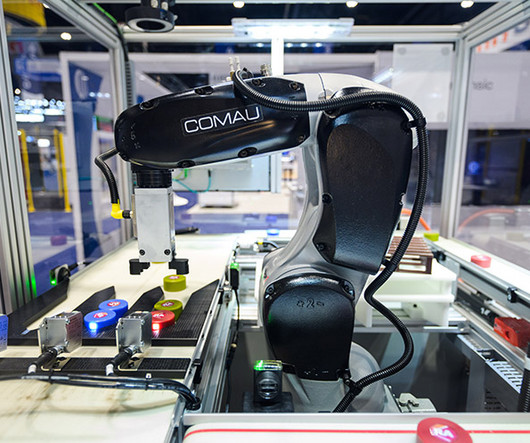


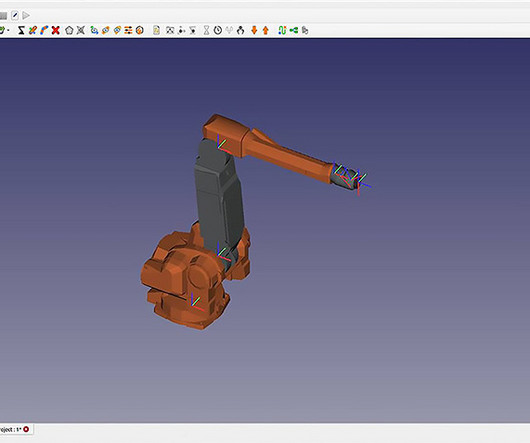
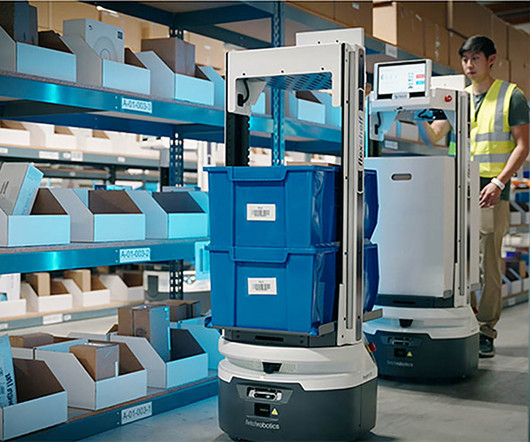
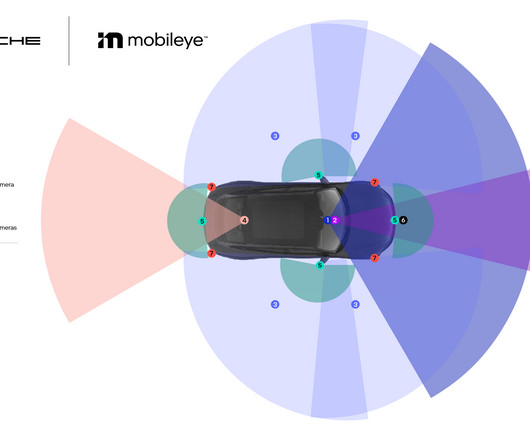



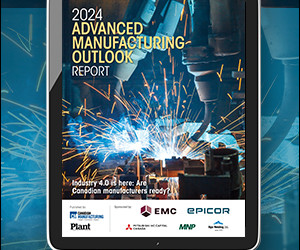





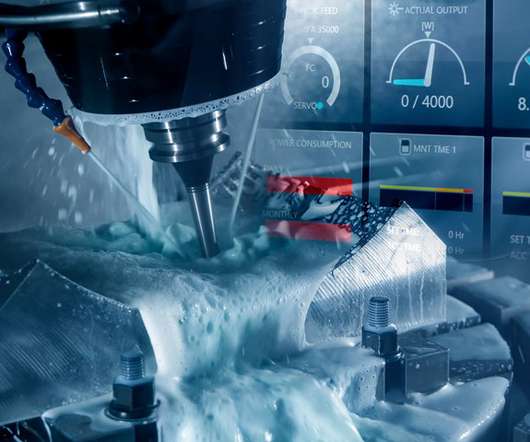










Let's personalize your content